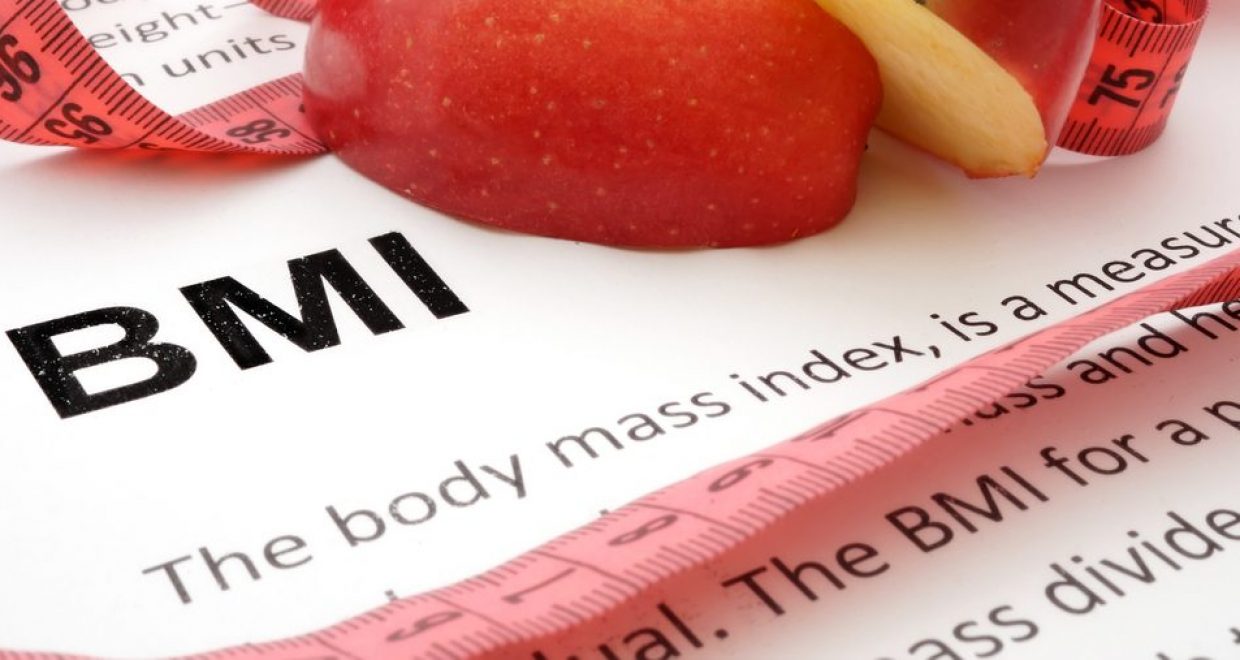BMI should always be taken into account when assessing and correcting dietary intake
Public Health Nutrition Editorial Highlight: ‘BMI was found to be a consistent determinant related to misreporting of energy, protein and potassium intake using self-report and duplicate portion method.’ Laura Trijsburg, Anouk Geelen, Peter CH Hollman, Paul JM Hulshof, Edith JM Feskens, Pieter van ‘t Veer, Hendriek C Boshuizen, and Jeanne HM de Vries.
Introduction
Diet is an important risk factor in various chronic diseases. In nutritional research it is therefore crucial that dietary intake can be assessed with minimal error. To assess intake, several methods are available, including self-reports, and collection of duplicate portions. Self-reports may be open-ended such as dietary recalls or food records, or closed-ended such as food frequency questionnaires (FFQs). Duplicate portions are in principle comparable to the food record. However, instead of recording the type and amount of food consumed, an extra portion of the same food is put into a basket, and chemically analyzed in the lab. The advantage of the duplicate portion method is that it does not rely on memory, estimation of portion sizes, and nutrient valuesin food composition tables. More objective measurements can be done using recovery biomarkers of exposure. These are considered unbiased estimates of intake. Unfortunately, only a few of these markers are available. They includethe doubly labeled water method for energy intake in weight stable subjects, and nitrogen and potassium in urine for protein and potassium intake, respectively.
All dietary assessment methods have their limitations. Therefore, researchers put much effort in to increasing knowledge on their errors and in improving the methods. For example, it is often mentioned that differences in characteristics between people are related to the extent of misreporting. Previous studies showed that various characteristics, such as a higher Body Mass Index (BMI), being of older age and smoking are related with under reporting of intake.
Objective of this study
We assessed the association between several characteristics of 197 participants, aged 20 – 70y,with the extent of their misreporting by two self report methods (24-h recalland FFQ) and by the duplicate portion method. Characteristics were selected if a relationship with misreporting was expected. Examples of the chosen characteristics are BMI and body fat percentage, gender and age, physical activity, perceived stress, and eating behaviour (e.g. restrained eating, and perceived barriers for healthy eating). To assess the extent of misreporting, we compared the reported energy, protein and potassium intake by the three methods with their respective biomarkers of exposure.
Main results
We found that a higher BMI was associated with under reporting by the three dietary assessment methods for energy, protein, and potassium, except for potassium by the duplicate portion method. The other characteristics did not show a consistent association with misreporting by the three methods.
Conclusions and implications: From the several characteristics investigated, BMI was the only consistent determinant of misreporting of energy, protein and potassium by 24h-recall, FFQand duplicate portion. Therefore, BMI should always be taken into account when assessing and correcting dietary intake for errors.
The paper,‘BMI was found to be a consistent determinant related to misreporting of energy, protein and potassium intake using self-report and duplicate portion method.’ is published in the journal Public Health Nutrition and is freely available until 7th November 2016.






